Food safety is a crucial aspect of cooking that often doesn’t get the attention it deserves. We all love preparing meals and sharing them with friends and family, but it's important to remember that improper food handling can lead to serious health risks. By adopting these 15 food safety tips, you can create a safe cooking environment that helps prevent foodborne illnesses.
Incorporating food safety tips into your kitchen routine can be easy and effective. From washing your hands thoroughly to properly storing leftovers, these practices can make a significant difference. It’s all about being mindful and proactive. With a little effort, you can ensure that your meals are not only enjoyable but also safe. So, let’s discuss some essential food safety tips that every home cook should know to keep their kitchen healthy and thriving.
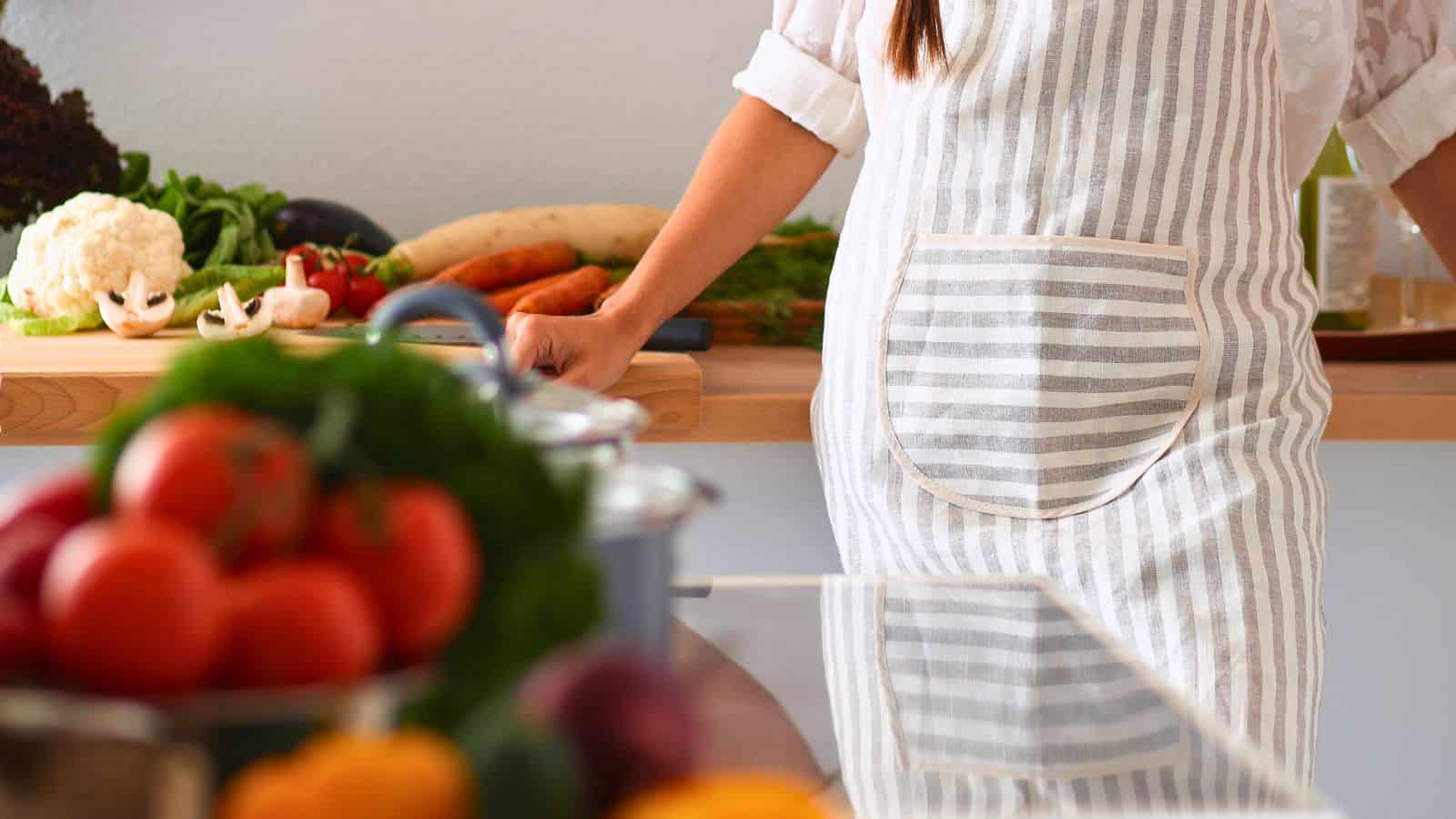
Wash Your Hands

Handwashing is a fundamental practice that significantly reduces the risk of foodborne illnesses. Before preparing or handling food, it is essential to wash your hands with soap and water for at least 20 seconds. This process should occur after using the restroom, touching raw meat, or handling any potentially contaminated items. Proper handwashing removes dirt, bacteria, and viruses that may be present on your hands. Drying your hands with a clean towel or air dryer is also essential to prevent recontamination. Incorporating this habit into your routine is critical to maintaining a safe cooking environment.
Keep Surfaces Clean

Maintaining cleanliness in the kitchen is vital to prevent the spread of harmful bacteria. Regularly cleaning countertops, cutting boards, and utensils with hot, soapy water or a food-safe sanitizer helps eliminate contaminants. Sanitizing surfaces after preparing raw meat, poultry, or seafood is particularly important, as these foods can harbor dangerous pathogens. To minimize cross-contamination risks, consider using separate cutting boards for raw and ready-to-eat foods. Additionally, routinely cleaning appliances and storage areas contributes to a safer food preparation space and helps maintain hygiene throughout the kitchen.
Separate Raw and Cooked Foods
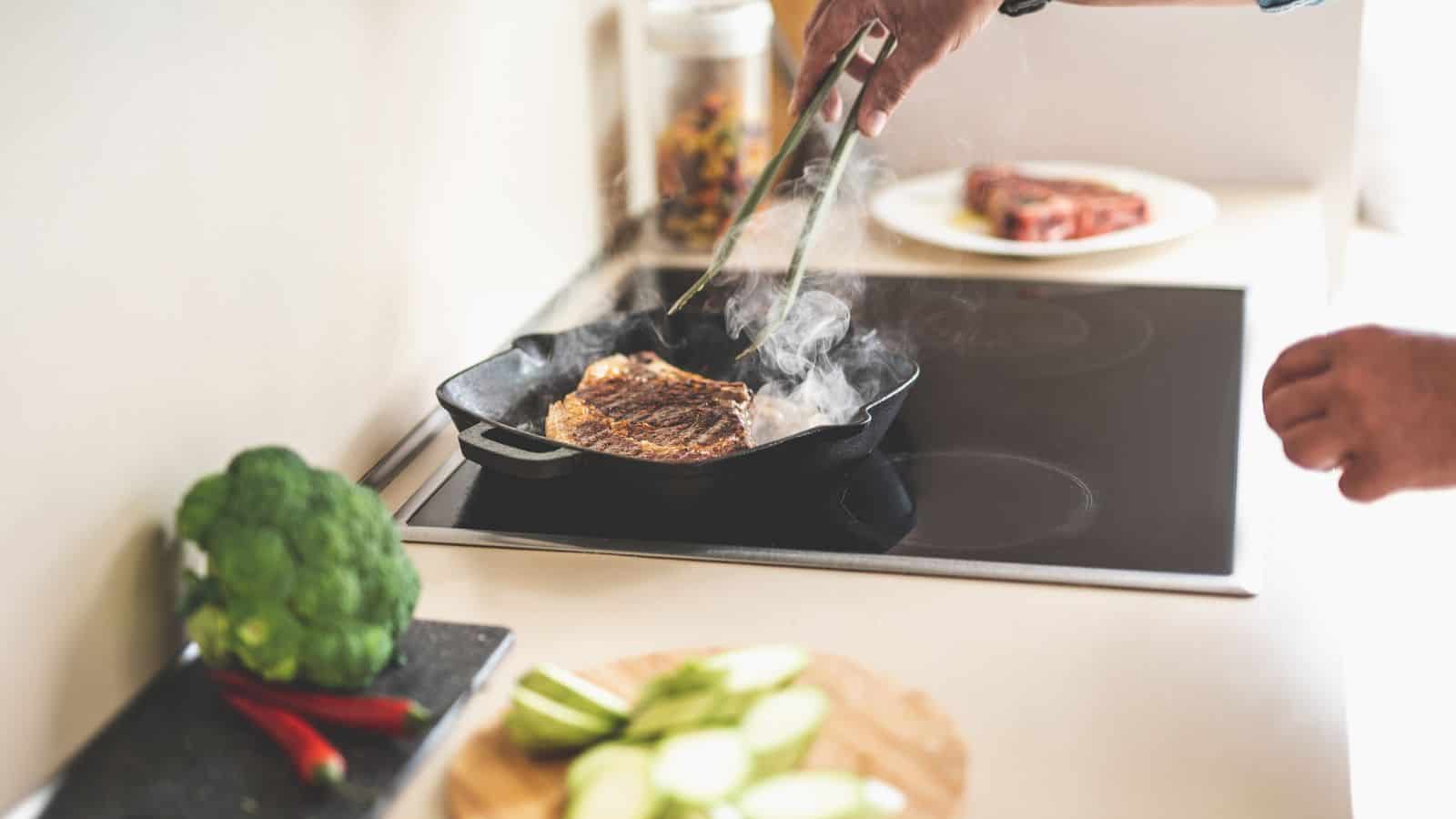
Preventing cross-contamination is crucial in food safety. Always use different cutting boards and utensils for raw meats and other foods, such as vegetables and fruits. This practice helps avoid the transfer of harmful bacteria from raw items to those that will be consumed without further cooking. Clearly labeling or color-coding cutting boards can assist in keeping them organized and make sure that raw and cooked foods are never mixed. By following these guidelines, you can significantly reduce the risk of foodborne illnesses and promote a healthier kitchen environment.
Cook Food to Safe Temperatures

Cooking food to the appropriate internal temperature is essential for killing harmful bacteria and pathogens. Using a food thermometer is the most reliable way to check that your meals are cooked adequately. Different types of food have specific temperature requirements, such as poultry needing to reach at least 165°F, while ground meats should be cooked to 160°F. It is important to insert the thermometer into the thickest part of the food, avoiding bones, which can give inaccurate readings. By adhering to these temperature guidelines, you can make sure that your meals are safe to eat.
Store Food Properly
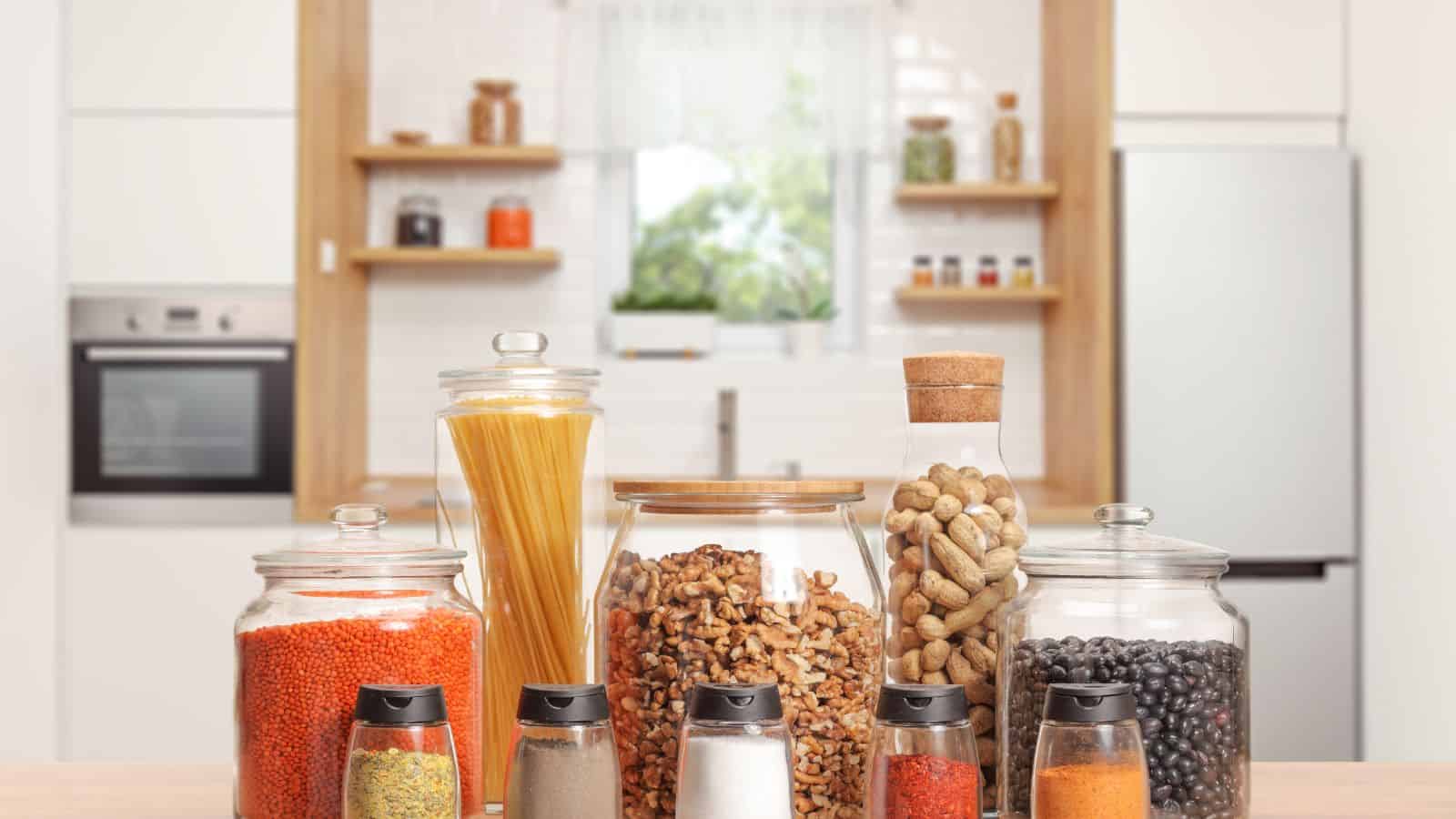
Proper food storage is key to preventing spoilage and foodborne illness. Perishable items should be refrigerated within two hours of preparation or serving. The refrigerator should be maintained at a temperature of 40°F or lower to inhibit bacterial growth. Use airtight containers to minimize exposure to air and moisture, which can lead to contamination. Additionally, be mindful of how long food has been stored; labeling containers with dates can help track freshness. By following these storage practices, you can extend the shelf life of your food and maintain a safer kitchen environment.
Thaw Food Safely
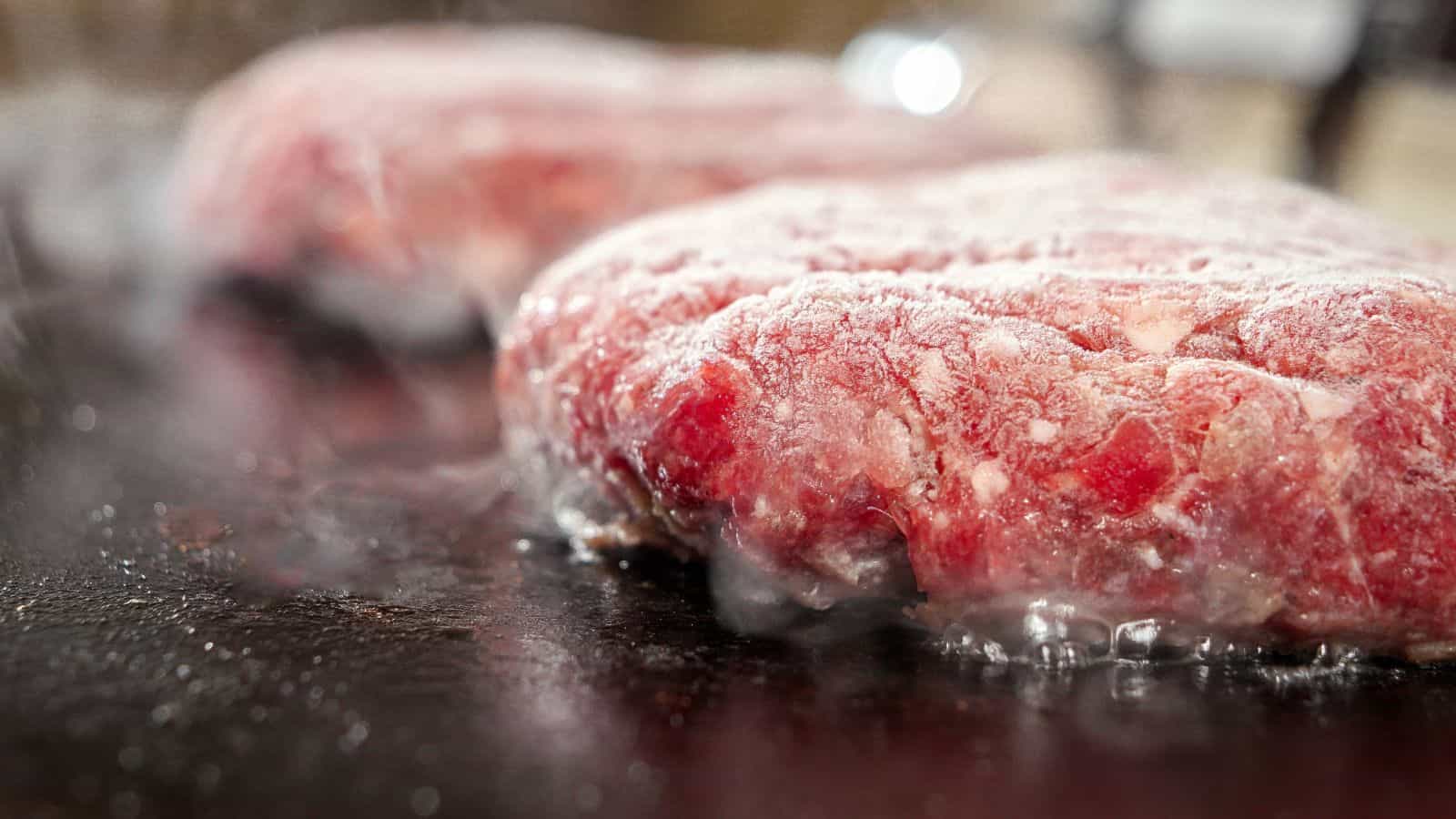
Thawing food safely is essential to prevent the growth of harmful bacteria. The safest methods for thawing frozen items include placing them in the refrigerator, submerging them in cold water, or using the microwave. Thawing in the refrigerator allows for gradual defrosting while keeping the food at a safe temperature. If using cold water, make sure the food is in a leak-proof package and change the water every 30 minutes. The microwave can also be effective, but any food thawed this way should be cooked immediately afterward. Avoid leaving food at room temperature to thaw, as this can lead to bacterial growth.
Check Expiration Dates

Regularly checking expiration dates on food packaging is crucial in maintaining food safety. Consuming products past their expiration date can lead to foodborne illnesses or spoilage. Pay attention to different types of dates, such as "sell by," "best before," and "use by," as they indicate varying levels of freshness and safety. Items that are close to or past their expiration should be discarded or used promptly. Establishing a routine for checking and organizing your pantry and refrigerator can help make sure that you consume food while it is still safe and of the best quality.
Use Clean Utensils

Utilizing clean utensils is a vital practice in preventing cross-contamination in the kitchen. Always use separate tools for different types of food, especially when switching between raw meats and ready-to-eat items. For example, if you taste a dish with a spoon, do not use that same spoon to serve the food. Instead, use a clean utensil each time to avoid transferring bacteria. Regularly wash and sanitize knives, spatulas, and other cooking tools, especially after they have come into contact with raw ingredients. This practice helps maintain a hygienic cooking environment.
Avoid Overcrowding the Fridge

Keeping your refrigerator organized and not overcrowded is important for food safety. Overcrowding can impede air circulation, leading to uneven cooling and creating warm spots where bacteria can thrive. Make sure that there is enough space between items for air to flow freely, which helps maintain a consistent temperature throughout the fridge. Additionally, avoid placing hot food directly into the refrigerator, as this can raise the overall temperature inside. By managing the contents of your fridge effectively, you can enhance food preservation and reduce the risk of spoilage.
Keep Food Covered

Properly covering food is essential for maintaining its freshness and preventing contamination. Use airtight containers, plastic wrap, or aluminum foil to shield food from exposure to air, moisture, and potential contaminants. This practice not only helps preserve the quality of your meals but also reduces the risk of cross-contamination from other foods in the refrigerator. When storing leftovers, make sure that they are cooled to room temperature before covering and refrigerating. By keeping food covered, you can promote a cleaner and safer kitchen environment while extending the shelf life of your meals.
Be Cautious with Leftovers
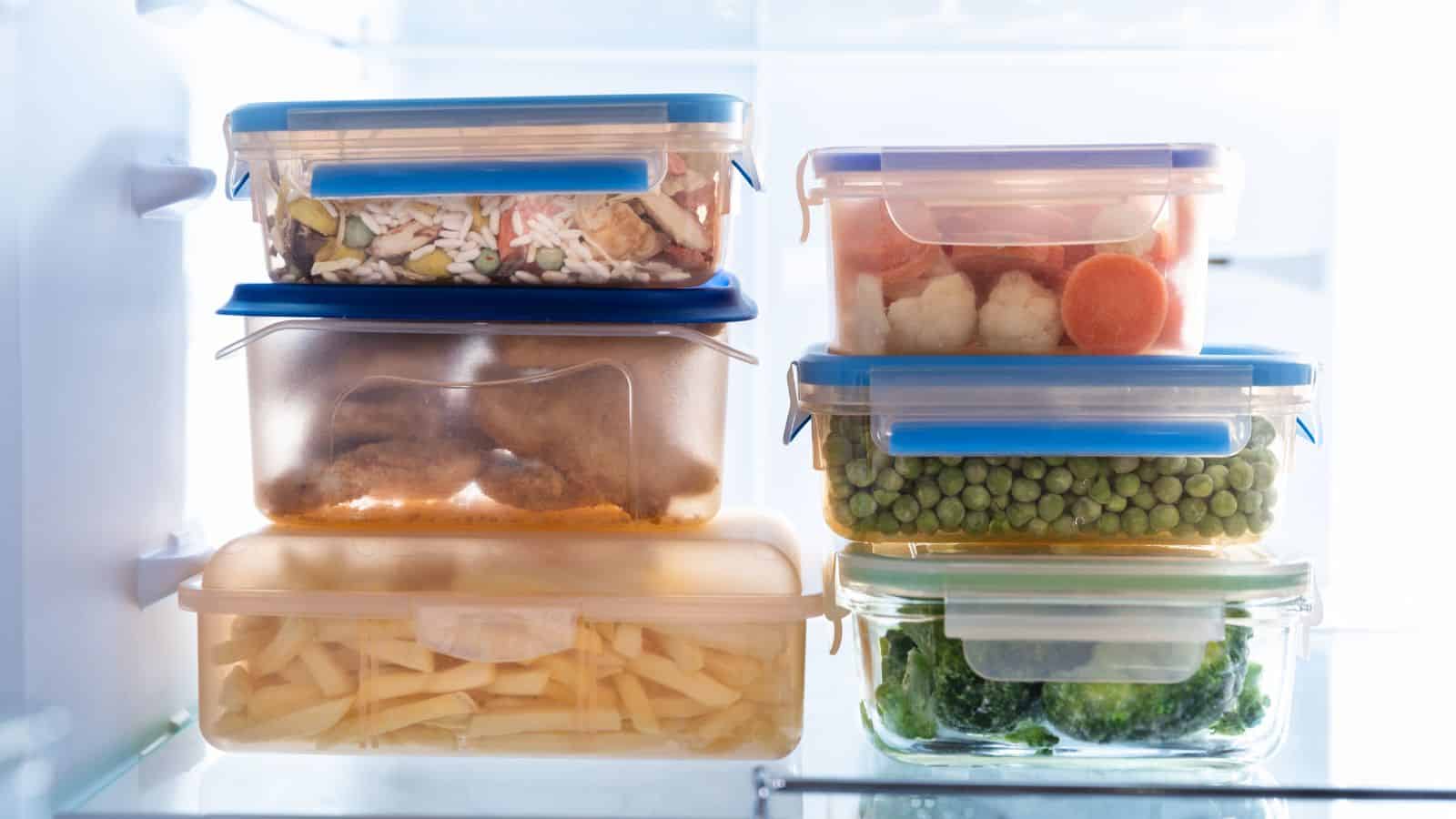
Proper handling and storage of leftovers are crucial for preventing foodborne illnesses. After cooking, leftovers should be promptly refrigerated within two hours to inhibit bacterial growth. Store them in shallow, airtight containers to facilitate quick cooling and minimize exposure to air. It is advisable to consume leftovers within 3-4 days to guarantee safety and quality. When reheating, make sure that the food reaches a safe internal temperature of at least 165°F. If you notice any off smells, unusual textures, or visible mold, it is best to discard the leftovers to avoid health risks.
Watch for Allergens
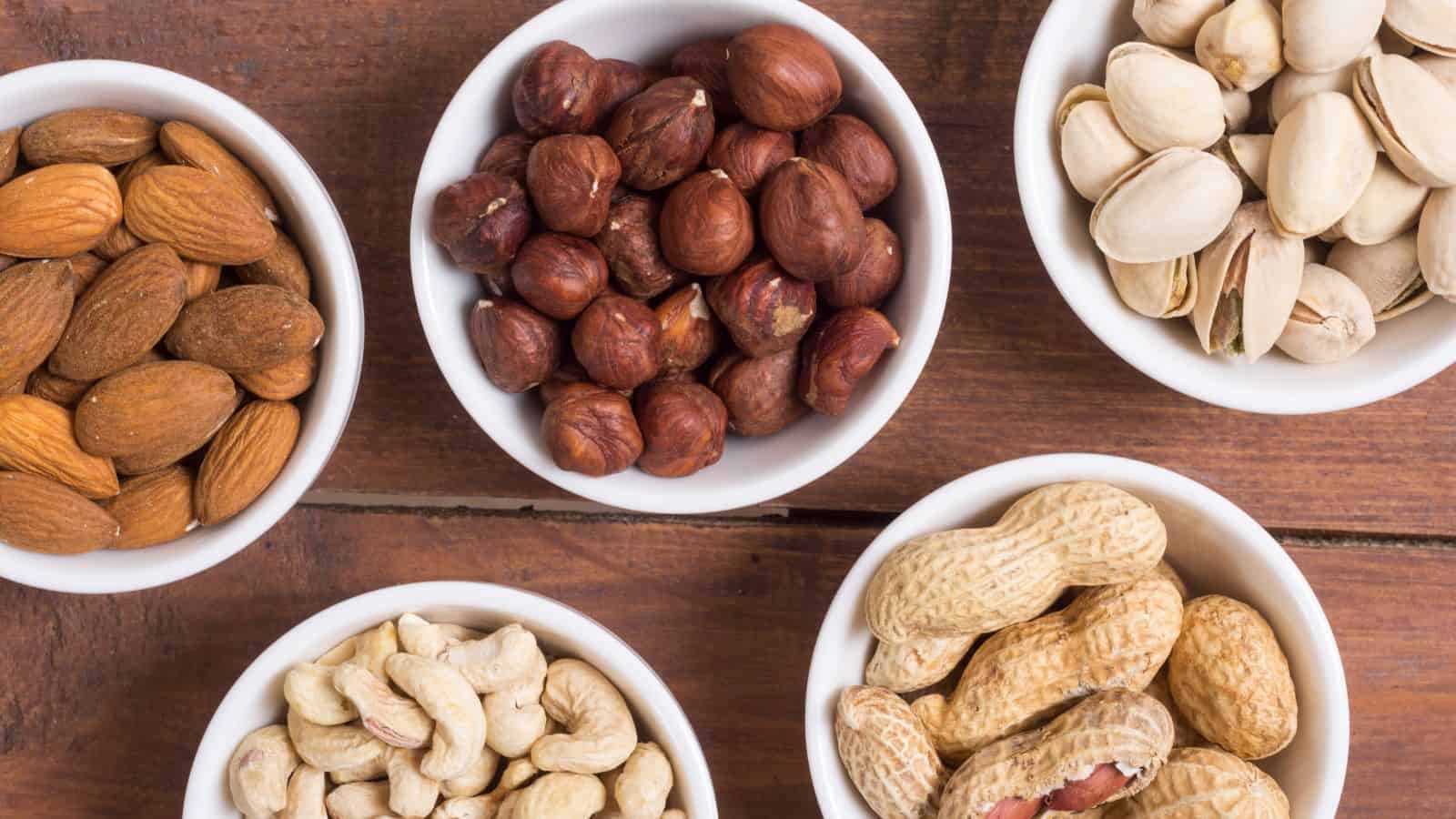
Being aware of food allergens is essential for preventing allergic reactions, which can be severe and life-threatening. Common allergens include nuts, dairy, gluten, soy, and shellfish. When preparing food, always read labels carefully and be cautious of cross-contact, where allergenic ingredients may inadvertently mix with non-allergenic foods. If cooking for someone with allergies, consider using separate utensils and cooking surfaces to avoid contamination. Educating yourself and others about food allergies can help create a safer dining experience for everyone involved.
Use Safe Water
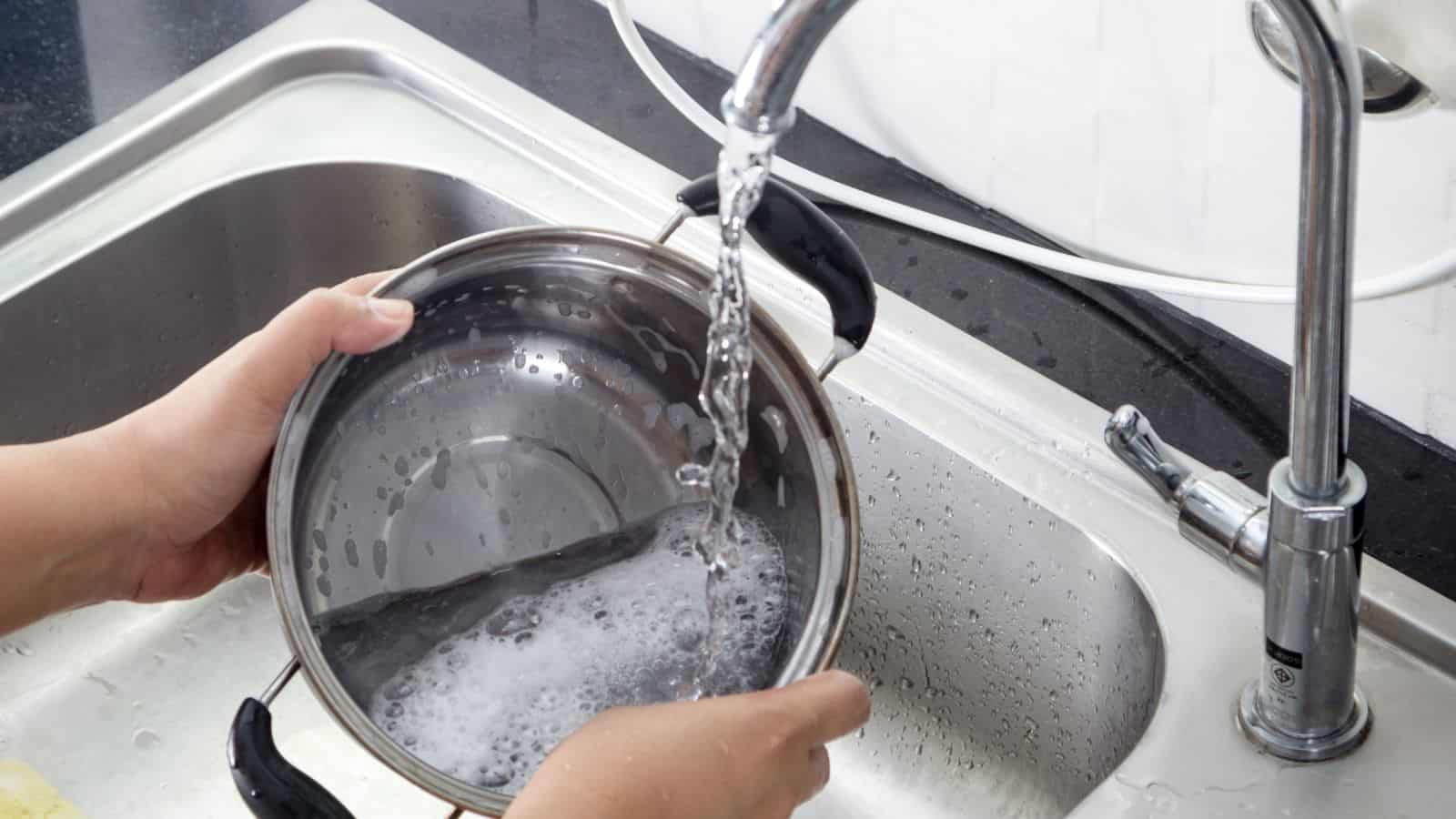
Guaranteeing that the water used for cooking and washing food is safe is a critical aspect of food safety. Contaminated water can introduce harmful bacteria, viruses, and chemicals into food, leading to illnesses. Always use potable water for cooking, cleaning, and washing fruits and vegetables. If you are unsure about the safety of your tap water, consider using filtered or bottled water. Additionally, be mindful of the water used for rinsing dishes and utensils, as it can also affect food safety. Maintaining clean water sources is essential for a healthy kitchen environment.
Check for Signs of Spoilage
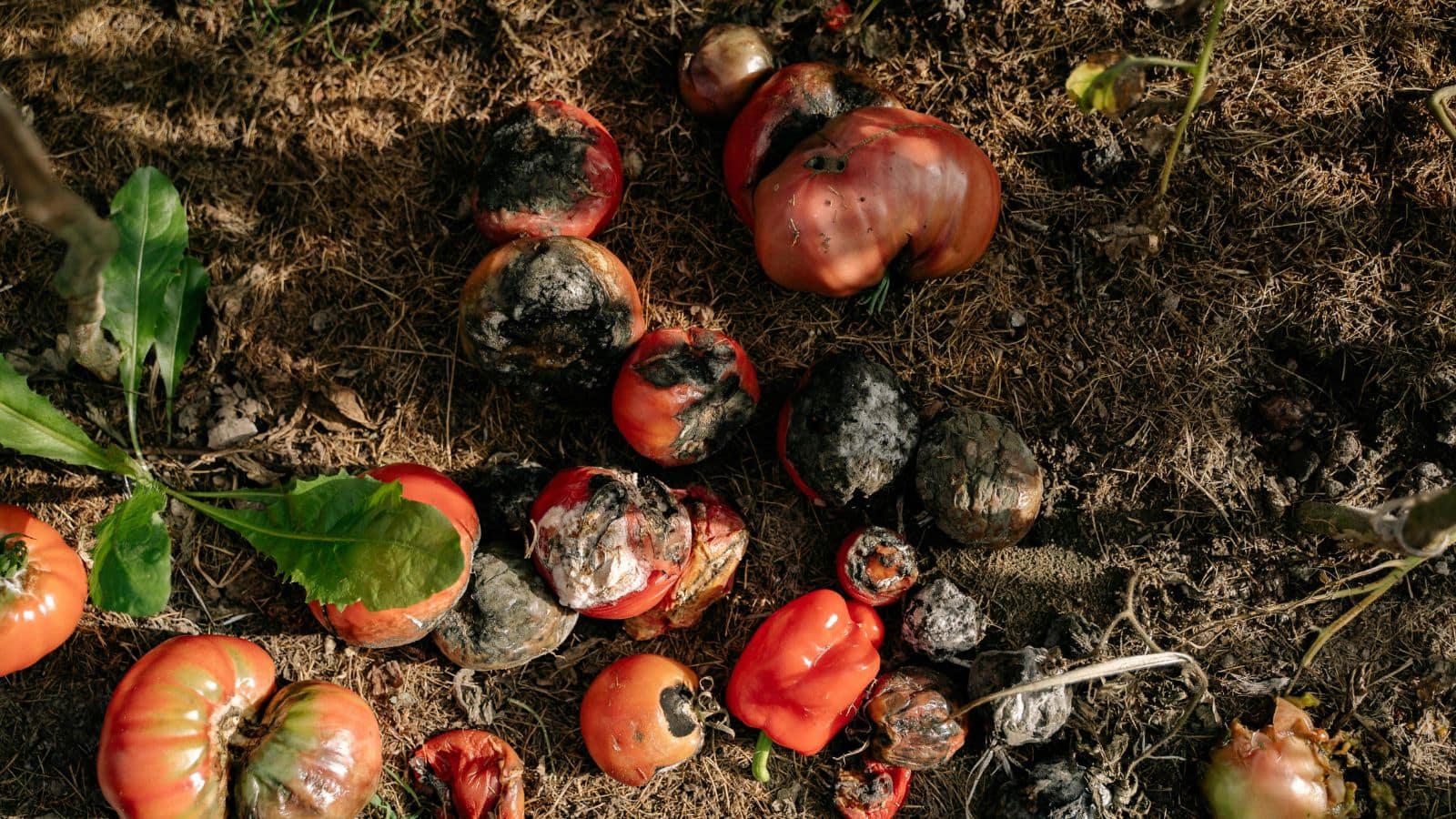
Regularly inspecting food for signs of spoilage is vital in preventing foodborne illnesses. Look for off smells, changes in color, unusual textures, or mold on food items. Fruits and vegetables may develop soft spots or discoloration, while dairy products can sour or curdle. If you notice any of these signs, it is best to discard the affected items. Understanding the typical shelf life of various foods can help you monitor freshness and make informed decisions about what to keep or toss. Practicing this vigilance contributes to a safer kitchen and healthier meals.
Educate Yourself

Staying informed about food safety practices is essential for maintaining a safe kitchen environment. Regularly updating your knowledge on safe food handling, storage, and preparation techniques can significantly reduce the risk of foodborne illnesses. Consider attending food safety workshops, reading reputable sources, or following guidelines from health organizations. Sharing this knowledge with family and friends can also promote a culture of safety in the kitchen. By prioritizing education and awareness, you can foster healthier cooking habits and contribute to overall food safety in your community.
Don't Let Germs Crash Your Meals!

Incorporating food safety practices into your daily routine is essential for maintaining a healthy kitchen. By following the tips discussed, you can significantly reduce the risk of foodborne illnesses and create a safe environment for everyone. It’s all about being mindful of handling, storing, and preparing food.
Remember, food safety doesn’t have to be complicated. With a little awareness and effort, you can make these practices a natural part of your cooking process. Whether you’re cooking for yourself or hosting a gathering, prioritizing food safety will help guarantee that everyone can enjoy their meals without worry. So, take these tips to heart and keep your kitchen a great place for delicious and safe food experiences. Happy cooking!






Tell Me What You Think!